ここでは代表的な寿司ネタについて紹介します。まぐろやサーモンなどの定番ネタから、人生で寿司を食べるなら、このネタはぜひ食べて欲しいという寿司好きの筆者が選んだ寿司ネタの英語表現を紹介します。 経験上、たこやいかなどの「chewy(弾力がありもちもちした)」な食感が苦手な方が多い印象ですので、相手が食べれる範囲で少しづつ注文してあげましょう。
寿司ネタを知ろう
Sushi ingredients
寿司のネタ
tuna
まぐろ
fatty tuna
とろ
gizzard shad
こはだ
octopus
たこ
ark shell
あかがい
sea urchin
うに
squid
いか
sea bream
たい
salmon roe
いくら
yellowtail
はまち
eel
うなぎ
conger eel
あなご
egg / omelet sushi
たまご
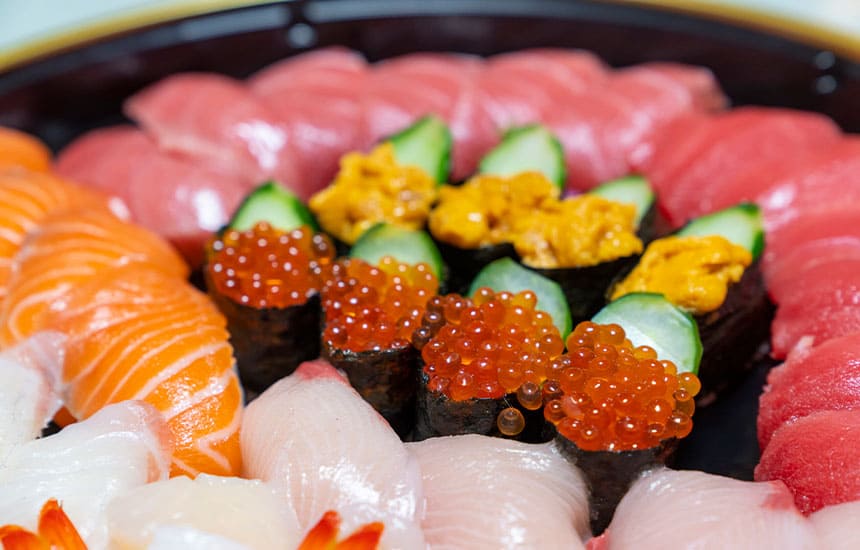
次に寿司と言えば欠かせない「醤油」「がり」「わさび」などを紹介します。
Soy sauce
醤油
wasabi
わさび
Sushi Ginger / Japanese Pickled Ginger
がり
寿司屋の文化を紹介
Traditional Japanese shops and restaurants hang a short split curtain called a noren over the entrance. This noren carries the name of the shop or restaurant; if you see “すし,” “寿司” or “鮨” on it, the establishment is a sushi restaurant.
日本の伝統的な商店や飲食店では、入り口に「暖簾(のれん)」と呼ばれる短い暖簾を掛けます。のれんに「すし」「寿司」「鮨」と書いてあれば、その店はすし屋です。
The noren is the face of a restaurant, and these curtains are handed down from generation to generation. It also symbolizes the soul of the restaurant, so handle it with care. After passing through the noren, open the door and enter the restaurant.
暖簾はお店の顔であり、代々受け継がれてきたものです。お店の魂の象徴でもあるので、大切に扱いましょう。暖簾をくぐったら、扉を開けて店内へ。
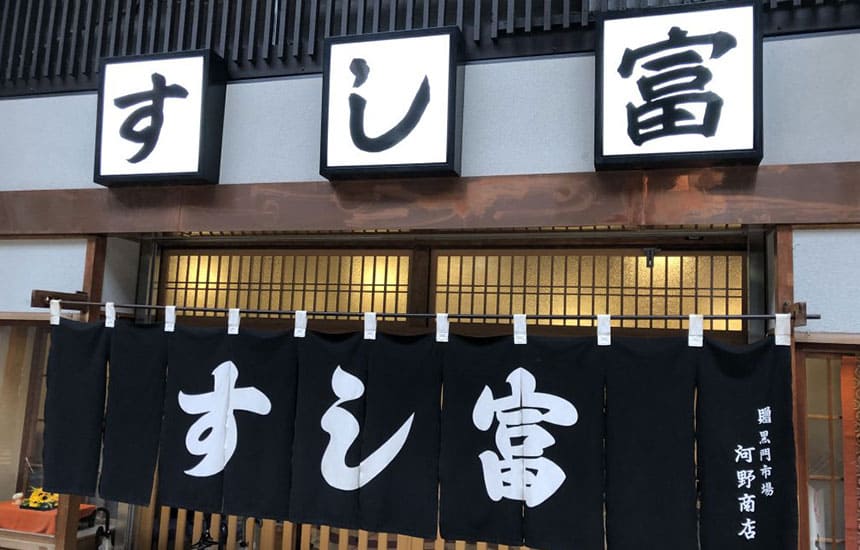
An itamae is a sushi chef. The highest ranked sushi chef is called the taisho (sushi master), and is usually found at the rearmost part of the restaurant.
板前とは、寿司職人のことです。寿司職人の最高位は「大将」と呼ばれ、店の一番奥にいるのが普通です。
A tsukedai is a serving plate on which the sushi chef puts the sushi he has made. Those sitting in counter seats reach out to get the sushi from the plate.
つけ台とは、寿司職人が握った寿司を乗せる皿のことです。カウンター席に座っている人は、手を伸ばしてお皿からお寿司を取ります。
The tsukeba is where the chefs make the sushi. Customers are not allowed in the tsukeba.
つけ場は職人が寿司を握るところです。つけ場にはお客さんは入れません。
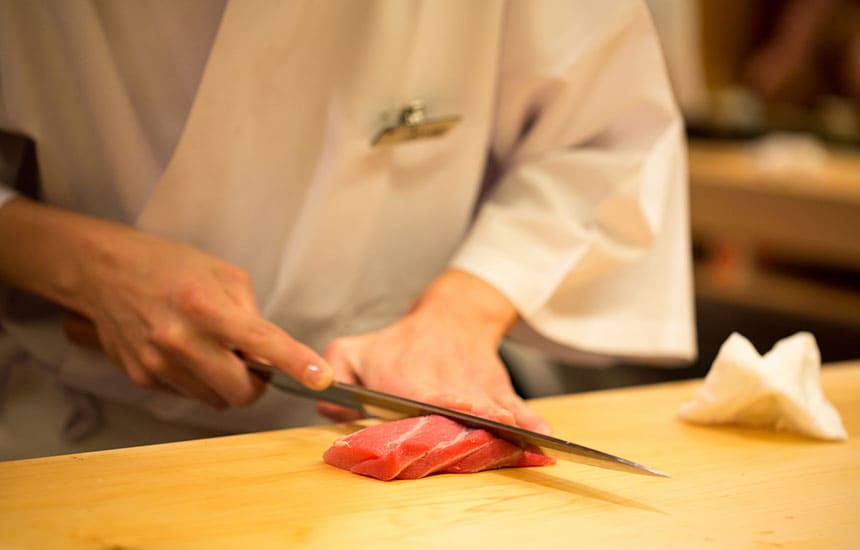
In a counter seat, you sit facing the sushi chef and watch him making sushi in front of you. It is customary for regular customers to take seats at the back.
カウンター席は、寿司職人と対面して座り、目の前で寿司を握る姿を見ることができる。常連客は奥の席に座るのが通例です。
An ozashiki is a separate tatami- matted room. Since many ozashiki are private spaces, they are perfect for families and friends wanting to enjoy a meal in comfort.
お座敷とは、畳敷きの独立した部屋のことです。プライベートな空間が多いので、家族や友人とゆったりと食事を楽しみたいときに最適です。
When you go to a sushi restaurant, be aware of your fragrance rather than your clothes. Since perishables are handled at sushi restaurants, don’t wear anything that gives off a strong odor, such as perfume, cosmetics and hair spray. The sushi will absorb these odors, and its flavor will be destroyed as a result; the other customers will not thank you!
お寿司屋さんに行くときは、服装よりも香りを意識してください。お寿司屋さんでは生ものを扱うので、香水や化粧品、ヘアスプレーなど、匂いの強いものはつけないようにしましょう。お寿司がその匂いを吸ってしまい、味が落ちてしまいますし、他のお客さんにも迷惑がかかります。
お寿司の注文の仕方を紹介
In a sushi restaurant, there are three ways of ordering: okimari, okonomi and omakase. First of all, choose which of these three ordering systems you want to use, and directly convey your choice to the sushi chef. You’ll feel more at ease if you let him know your budget in advance.
お寿司屋さんでは、「おきまり」「お好み」「おまかせ」の3つの注文方法があります。まず、この3つの注文方法のうち、自分が使いたいものを選び、寿司職人に直接伝えましょう。事前に予算を伝えておくと安心です。
With okonomi ordering, you order the sushi you like. There are lots of in-season toppings, so ask the sushi chef what he recommends.
お好み注文では、自分の好きなお寿司を注文します。旬のネタがたくさんあるので、職人さんにおすすめを聞いてみてください。
Okimari refers to a course menu, with the kinds of toppings and number of sushi pieces depending on the price. Since it contains many regular toppings, this is a good option for those who are new to sushi. After enjoying okimari sushi, you can make additional requests for your favorite toppings as an okonomi order.
お決まりとは、コース料理のことで、値段によってネタの種類や個数が変わります。定番のネタが多く入っているので、お寿司が初めての方にもおすすめです。お決まりを堪能した後、お好みのネタを追加注文できる「お好みオーダー」も可能です。
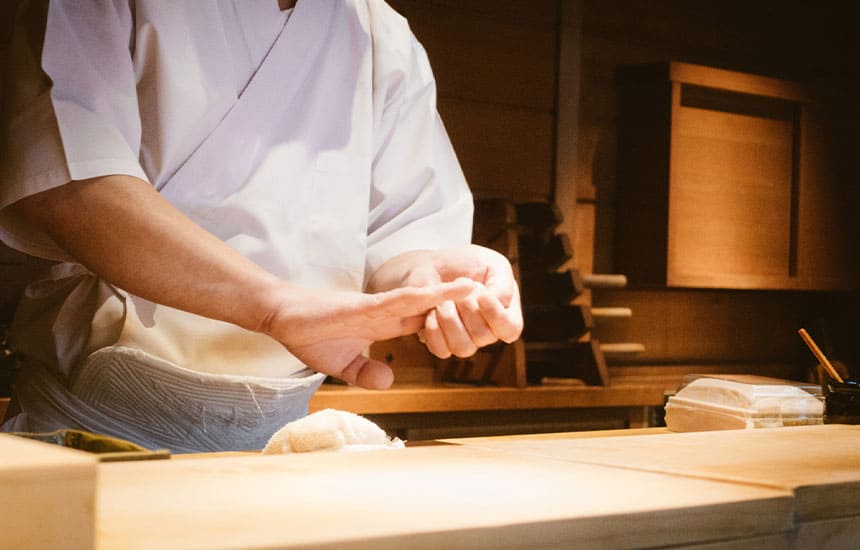
With omakase ordering, you leave it up to the sushi chef to select toppings for you. He will include the ones he recommends on that particular day and ones that the restaurant is known for.
おまかせでは、寿司職人がネタを選んでくれます。その日のおすすめや、お店の自慢のネタを入れてくれます。
Tuna is classified into the types of akami (lean tuna), chutoro (medium fatty tuna) and otoro (fatty tuna) depending on the part of the fish it comes from. No other fish provides different tastes from different parts of the body, which is why tuna is known as the king of sushi.
マグロは部位によって赤身、中トロ、大トロに分類されます。部位によって味が異なる魚は他になく、マグロが寿司の王様と呼ばれる所以です。
A sushi connoisseur would order an a la carte dish or some culinary delicacies before ordering sushi. Sushi restaurants also have a la carte options such as sashimi (sliced raw fish) and simmered dishes, as well as culinary delicacies involving rare ingredients. Savor these dishes before ordering sushi- they go well with sake!
寿司通は、寿司を注文する前に一品料理や珍味を注文します。お寿司屋さんには、刺身や煮物などの一品料理や、珍しい食材を使ったお料理もあります。お寿司を頼む前に、これらの料理を味わってみてください。
握りずしを楽しもう
We recommend that you eat sushi by hand. For those who eat with the fingers, the sushi chef will pack the rice loosely so that it falls apart in the mouth, bringing out its delicate flavor. For those eating with chopsticks, the rice will be packed slightly hard so that it can be easily picked up with chopsticks. Once sushi is served, eat it before the topping dries out.
お寿司は手づかみで食べるのがおすすめです。指で食べる人は、寿司職人がシャリをゆるく握り、口の中でほろりと崩れるようにして、繊細な味を引き出します。箸で食べる人は、箸でつまめるように少し固めに握ります。寿司が提供されたら、ネタが乾く前に食べましょう。
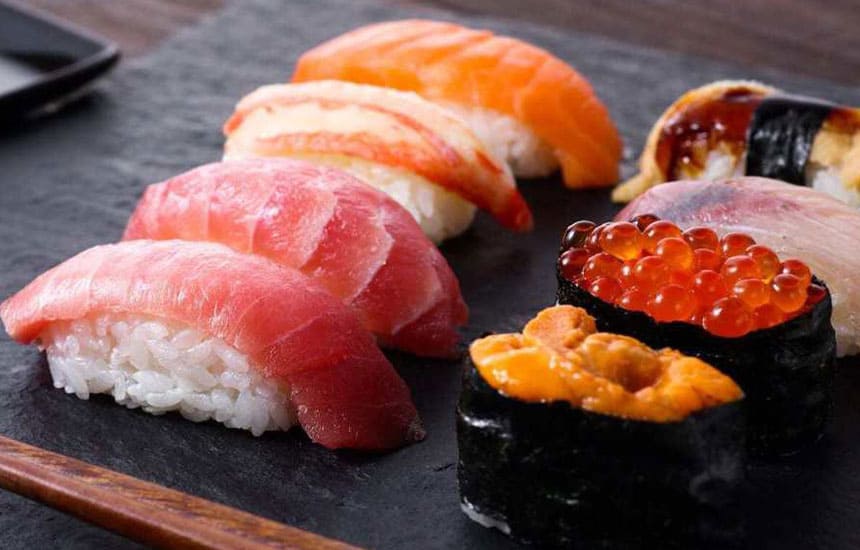
With the fish side facing down, dip the end of the topping into the soy sauce. Be careful not to soak up too much sauce.
魚の面を下にして、魚の端をしょうゆに浸します。醤油が染み込み過ぎないように注意しましょう。
With the topping facing up, put the sushi into your mouth. Eat it in one bite so that it doesn’t fall apart.
トッピングを上にして、寿司を口に入れます。崩れないように一口で食べましょう。
Gari removes the aftertaste of your last bite, allowing you to fully appreciate the flavor of the next piece.
ガリは最後の一口の後味を消して、次の一口の味を存分に味わうことができます。
いろんなお寿司の紹介
Just as there are many sushi toppings, there are also lots of sushi types. These include gunkan-maki, named for its resemblance to a battleship (gunkan in Japanese); makizushi (sushi rolls), for which many non-fish toppings are used; and omelet sushi, for which each sushi restaurant boasts its own taste. Give them a go- they taste different from regular nigirizushi.
寿司のネタがたくさんあるように、寿司の種類もたくさんあります。軍艦に似ていることから名付けられた「軍艦巻き」、魚以外のネタを多く使う「巻き寿司」、寿司屋によって味が異なる「玉子のにぎり寿司」など、その種類は多岐にわたります。普通の握り寿司とはひと味もふた味も違うので、ぜひ試してみてほしいです。
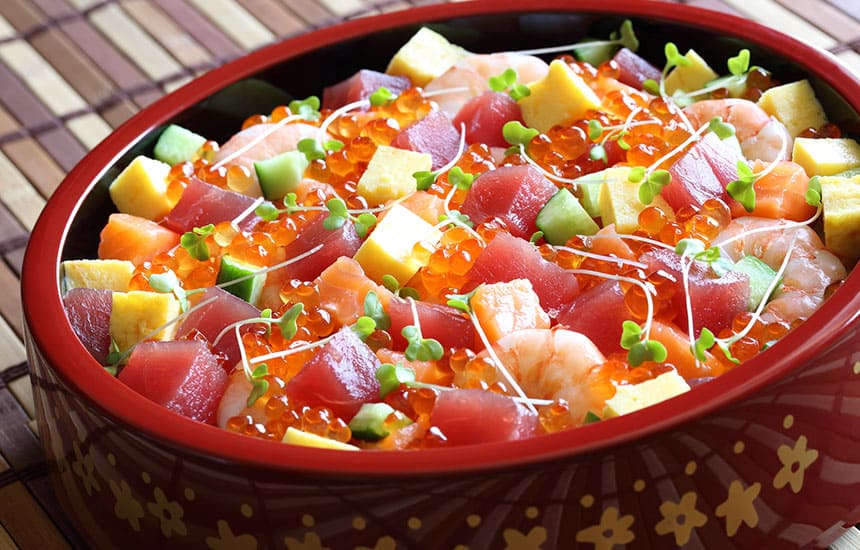
Gunkan-maki:
This is a mound of rice wrapped in a strip of nori (seaweed) topped with soft ingredients. Typical types include sea urchin and salmon roe, both of which are Hokkaido specialties.
海苔で巻いたご飯の上に、柔らかい具材を乗せたものです。北海道の特産品であるウニやイクラなどが代表的なものです。
Makizushi:
This is made by placing the ingredients in rice and rolling them up with nori (seaweed). A variety of ingredients are used, ranging from fish to pickles.
ご飯の中に具材を入れ、海苔で巻いたものです。魚から漬物まで、さまざまな具材が使われます。
Green tea is served free of charge at sushi restaurants. This refreshes your palate as it neutralizes the aftertaste of sushi and removes any fats remaining in the mouth.
お寿司屋さんでは、緑茶が無料で提供されています。お寿司の後味を中和し、口の中に残った油分を取り除いてくれるので、口の中がさっぱりするのです。
うどん料理の種類
「近年ブームになりつつあるうどんの英語表現」
近年海外の日本食ブームの中でも頭角を現しているのが「うどん」です。その中でも代表的な日本のうどんチェーンが「丸亀製麺」。海外の美食YouTuberも丸亀製麺を紹介していて、動画を見ているとすごく面白いです。価格は手頃で、それでいて美味しくヘルシー、さらにはトッピングを選べるのが人気の理由らしいです。
ここでは、そんなうどんに関する英語の表現を紹介していきます。
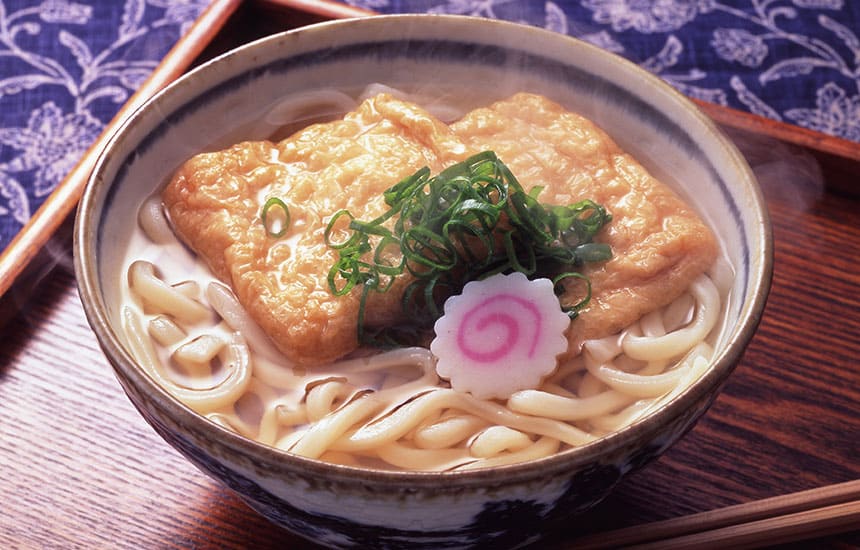
うどんの種類を知ろう
Kake Udon
かけうどん
Zaru Udon
ざるうどん
Kama-age Udon
釜揚げうどん
Bukkake Udon
ぶっかけうどん
Curry Udon
カレーうどん
Kitsune Udon
きつねうどん
Tanuki Udon
たぬきうどん
Tukimi Udon
月見うどん
Yamakake Udon
山かけうどん
Tempura Udon
天ぷらうどん
うどんのメニューは英語でどう説明する?
ここでは海外の旅行者などにどうやってうどんを説明したらいいのかをご紹介します。「天ぷらうどん」のように有名なうどんは説明しやすいのですが、「月見うどん」「たぬきうどん」などはさっぱり分からないですね。
是非参考にしてみて下さい。
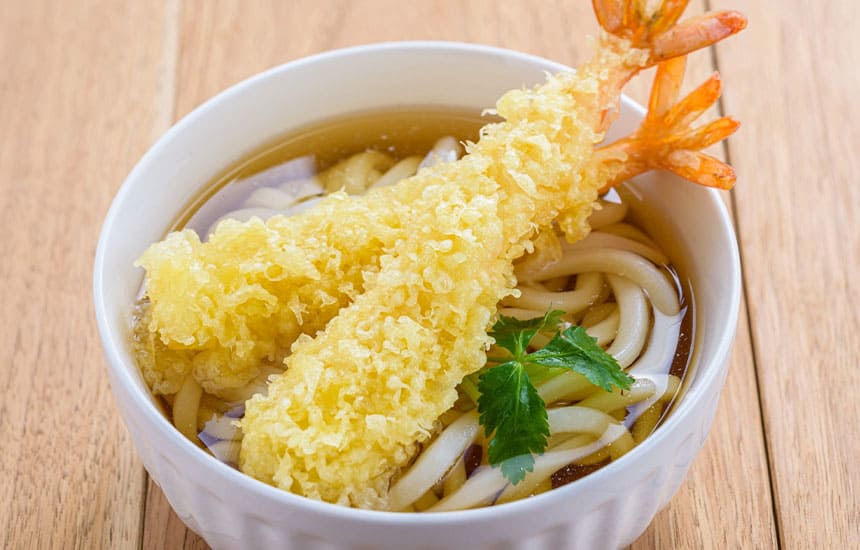
Kitsune Udon is the Udon topped with deep-fried tofu cut into triangles.
きつねうどんは、三角形に切った油揚げをトッピングしたうどんです。
Tanuki Udon is the Udon topped with crispy crumbs of tempura batter.
たぬきうどんは、サクサクの天ぷら衣をトッピングしたうどんです。
Tukimi Udon is the Udon topped with a raw egg.
月見うどんは、生卵をトッピングしたうどんです。
Yamakake Udon is the Udon topped with grated yam.
山かけうどんは、とろろをトッピングしたうどんです。
Tempura Udon is the Udon topped with various tempura.
天ぷらうどんは、いろんな天ぷらを乗せたうどんです。
うどんってどう説明するの?
音を立てて食べないパスタ文化圏の外国人は、長い麺をすすって食べるのを難しがる、もしくは(嫌う方がいます。 「何でも経験!」と 楽しむ人もいますが、経験上最初はむせちゃいます。 日本では麺をすする (slurp)する事によって香りや風味、喉越しを楽しむ食文化です。
ここでは、そんなうどんをつくる時、またはできた時のフレーズを勉強します。
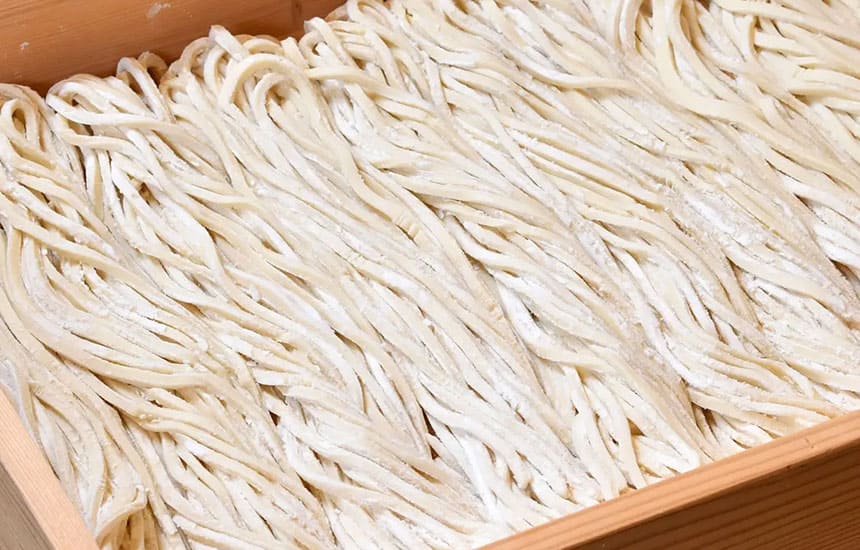
We add salted water to wheat flour, knead it, roll it out thin, cut it into strips, boil it and eat it.
うどんは小麦粉に塩水を加え、こねて薄く伸ばし、短冊状に切って茹でて食べます。
We make the broth with soy sauce, salt, sweet sake, and dried bonito kelp.
醤油、塩、甘酒、鰹節で出汁をとっています。
Depending on the toppings on top of Udon, the name of its dish changes.
うどんの上に乗せる具によって、料理名が変わります。
日本の伝統的な食品
「味噌に納豆などを外国人に紹介する時のフレーズ」
最近の日本食ブームで梅干しや味噌、納豆を好む外国人も増えてきています。もちろん受け入れられない方の方が多いですが…。これらを外国の方に紹介する時にどのように言えばいいのかをここでは紹介します。
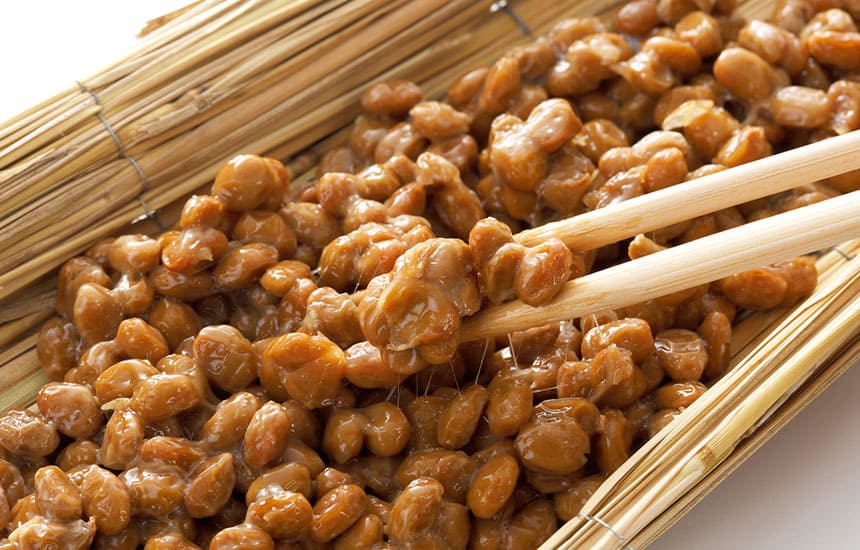
Miso is made from soy beans.
味噌は大豆を原料としています
上記の場合、「Aの原材料はBです=A is made from B.」を使っていますが、納豆のように原材料とかたちが変わらないなら「be made of~.」をつかいます。
Miso is fermented soy bean paste.
みそは大豆を発酵させたものです。
Tofu, soybean curd, is rich in high- quality vegetable protein.
豆腐は良質の植物性タンパク質に富んでいます。
Because Natto has a peculiar smell, there are people who don’t like it.
納豆は独特の匂いがあるため嫌う人もいます。
納豆は「Natto」以外に、「fermented soybeans」という言い方があり、fermented は「発酵した」という意味です。
Pickled plums are traditional Japanese preserved food and prevent from food poisoning.
うめぼしは伝統的な保存食で食中毒を予防します。
まとめ
「和食に関する言葉の知識を身に付けましょう」
如何でしたでしょうか?和食は世界でもヘルシーフードと言う理由、見た目が美しいという理由など、様々な理由で人気があります。外国人が来日した際には、是非美味しい和食を食べさせてあげて下さい。
- 幼児~小学生を対象とする英語塾教師Kufufu先生による執筆
- 某超大手金融機関に5年務め、英語教育に転身された英語塾教師Kufufu先生による執筆です。英語の発音や和製英語、英語のオノマトペについて深い知識があり、卒業論文では「日本人の英語発音」について8000語ほどの英語で論文を執筆されました。

![英語・英会話の効果的な学習法|PM English[全無料] 英語・英会話の効果的な学習法|PM English[全無料]](https://pm-school.info/english/wp-content/uploads/2021/11/logot.png?1765701984)
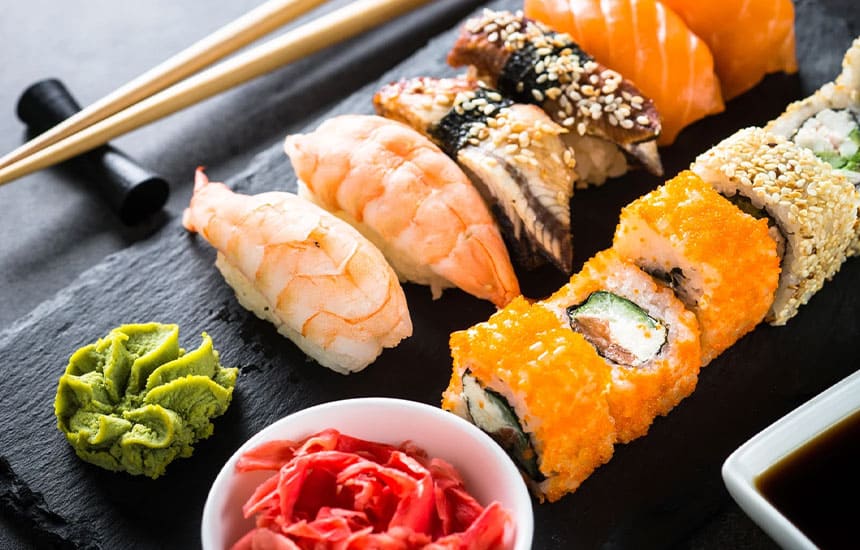

















![中学英語やり直し[中学英文法 基礎確認問題]](https://pm-school.info/english/wp-content/uploads/2023/09/kiso-1-150x150.jpg)
![中学英語やり直し[中学英文法の基礎確認問題]](https://pm-school.info/english/wp-content/uploads/2023/09/kisokakunn-150x150.jpg)
![中学英語やり直し[関係代名詞と接続詞のthatの違い]](https://pm-school.info/english/wp-content/uploads/2023/09/kankei-setuzoku-150x150.jpg)
![中学英語やり直し[中学英語の復習問題]](https://pm-school.info/english/wp-content/uploads/2023/09/kiso-150x150.jpg)
![中学英語やり直し[基礎英文法の復習問題]](https://pm-school.info/english/wp-content/uploads/2023/09/fukusyuumondai-150x150.jpg)

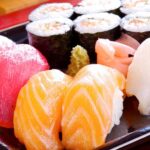







![[列車 電車]に関わる英語の表現を学ぼう](https://pm-school.info/english/wp-content/uploads/2022/11/train-150x150.jpg)



![英語・英会話の効果的な学習法|PM English[全無料] 英語・英会話の効果的な学習法|PM English[全無料]](https://pm-school.info/english/wp-content/uploads/2021/11/logom.png?1765701984)
この記事へのコメントはありません。